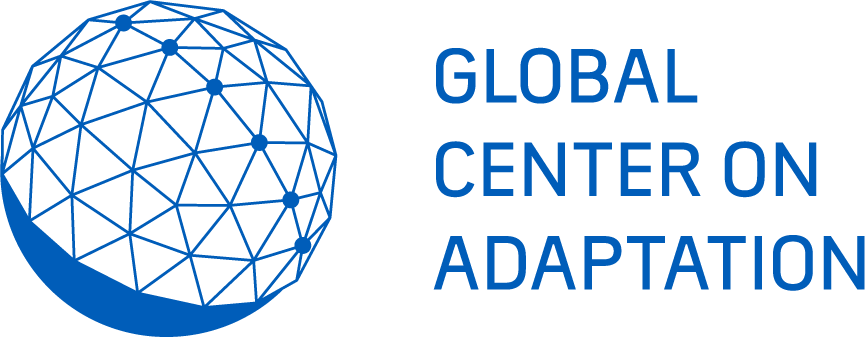Climate Risks and Adaptation Activities
In one of the globe’s most water stressed regions, countries across Africa face accelerating climate risks in the water sector. Per the World Resources Institute’s Aqueduct tool, three countries in Africa are ranked as having extremely high baseline water stress (Libya, Eritrea, and Botswana), another eight rank among countries with high water stress, and a further four face medium-high baseline water stress. Across the continent, climate change is leading to a variety of impacts including more erratic rainfall and a resulting increase in the risk of droughts and floods, reduced water quality, and salinization of coastal aquifers. Inadequate water and wastewater facilities amplify this problem, leading to reduced water quality and supply, damage to land and property, infrastructure damage or collapse, and increased risk of waterborne diseases.
Activities that build resilience to climate change impacts in the water sector vary widely across water, wastewater, and sanitation sector projects that reduce the severity of water shortages by improving residential and commercial infrastructure, strengthening resilience to climate risks, and enhancing water efficiency and quality. Because there is substantial climate risk affecting the water sector in Africa, there is a sizeable pool of activities in the sector that can build climate resilience. Activities considered in this analysis include water collection, water treatment, water supply, wastewater collection networks, wastewater treatment facilities, sanitation, and water harvesting and irrigation.
Context of Broader Investment
The Infrastructure Consortium for Africa (ICA) finds that water infrastructure sector commitments totaled USD 13.3 billion in 2018 in Africa. This compares to the USD 1.2 billion tracked in adaptation finance to the water sector in the same year – suggesting that more than 90% of finance to the sector is not climate resilient – or at least has not been rigorously assessed for physical climate risks. Approximately USD 1.2 billion in adaptation finance was tracked to the water sector in Africa on average annually across 2017-18 from DFIs (72%), international government ODA (14%), multilateral climate funds (9%), other public funds (5%), and commercial FIs (1%). Low-cost project debt constituted 54% of adaptation finance tracked to the water sector, followed by grants (28%), market rate project debt (14%), and project equity (3%). The share of water sector finance as a percentage of total adaptation finance varied by region: the majority of adaptation finance to North Africa was directed to the water sector (56%) while water finance as a share of total adaptation finance to the other four regions was lower – ranging from 10-23%. ICA also finds that the water infrastructure sector has the highest financing gap of any infrastructure sector in Africa: between USD 43 and 53 billion annually due to a range of challenges including low tariffs, limited local government financial capacity, and low levels of official development assistance (ODA), MDB, and national government funding.
Of the USD 13.3 billion in commitment to the water infrastructure sector in 2018 per ICA, finance was split relatively evenly between Southern, East, and West Africa – with each receiving between 16% and 20% of the total financing. As is true in tracked adaptation finance to the sector, North Africa received the highest proportion of overall water infrastructure sector investment (28%), while Central Africa received the lowest share, only 5%. South Africa – treated as its own category within the ICA analysis – received the remaining 12% of finance to the water sector – more than double the entire Central African region.
Beyond the resilience context, publicly run water and sanitation utilities in Africa rely on private finance from domestic commercial sources (including domestic banks and bonds). In developed capital markets – South Africa for example – local capital markets are a major source of water infrastructure finance and bankable water infrastructure projects often employ special purpose vehicles (SPVs) to mobilize finance alongside commercial bank lending. Finance to the water infrastructure sector in Africa predominantly is sourced from African National Governments and from ICA members (G7 countries, the South African government, AfDB, the European Commission, EIB, and the World Bank). China has played a moderate but increasing role in the sector while other bilaterals and multilaterals have also increased engagement.


